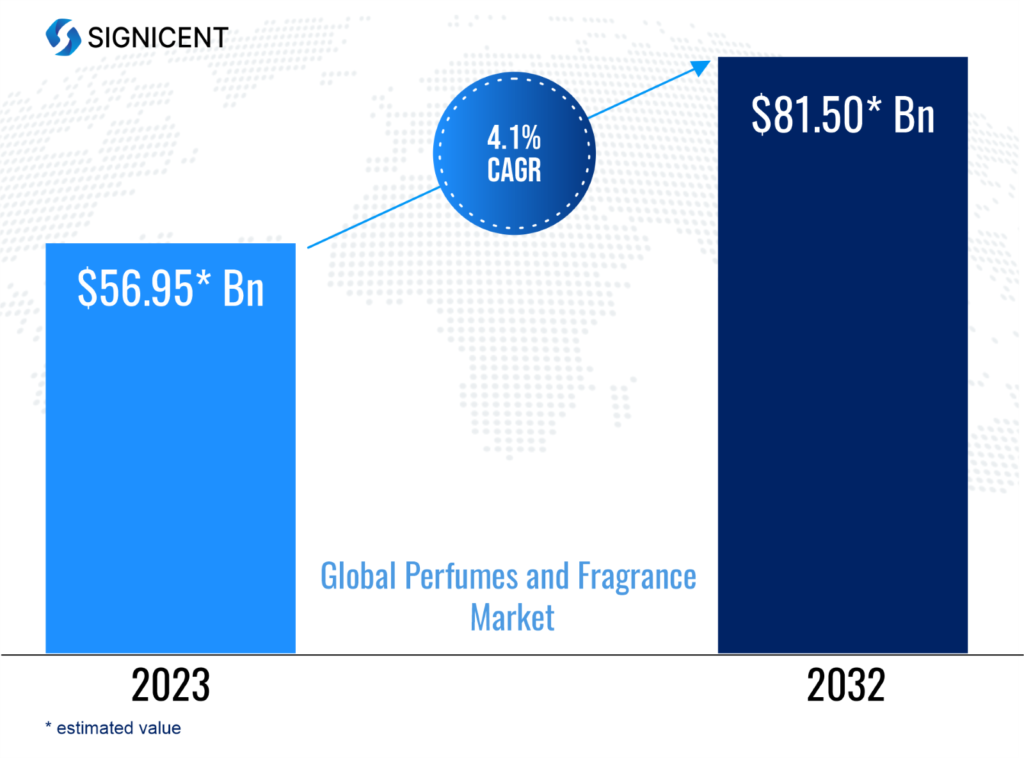Perfume has been an essential part of human culture for centuries, offering not only pleasant scents but also personal identity and emotional connection. Yet, despite its widespread use, a common complaint among users is the short-lived fragrance effect, which often fades within minutes of application. Others suffer from allergic reactions, headaches, or an overwhelming scent that becomes uncomfortable over time.
At Signicent, we have identified key solutions to address these challenges, using innovative technology that ensures a controlled and delayed release of fragrances. These solutions enhance the longevity of the scent, minimize irritation, and create a more balanced fragrance experience. Let’s explore why some perfumes fail and how advanced technology can improve this.
Problem Understanding: The Short-Lived Scent Issue
What Causes Perfume to Fade Quickly?
Many perfumes last only a short time due to several factors, including the volatility of certain fragrance molecules, environmental conditions like humidity and temperature, and the formulation of the perfume itself. For instance:
- Volatile compounds: Perfume ingredients, such as top notes like citrus or florals, often evaporate quickly, leading to a fast fade.
- Temperature sensitivity: Higher temperatures accelerate the evaporation of fragrances, reducing longevity.
- Alcohol-based formulations: While alcohol helps disperse fragrance, it also promotes faster evaporation, making scents disappear within minutes.
The result? A perfume that loses its charm quickly, leaving users frustrated and searching for better alternatives.
Signicent’s Technology Scouting Services identify innovative fragrance technologies, enhancing perfume longevity through advanced encapsulation, slow-release techniques, and eco-friendly ingredients for lasting, sustainable scents.
Real-Life Challenges with Fragrances:
Many consumers experience one or more of the following issues when using perfumes:
- Short-lasting fragrance: Some perfumes seem to vanish within 10 minutes, especially when exposed to high temperatures.
- Allergic reactions: Certain ingredients can cause skin irritations, sneezing, or even headaches.
- Overpowering scents: Some perfumes have an initial intensity that causes discomfort or suffocating sensations.
- Toxic or harmful ingredients: Consumers are increasingly concerned about the presence of harsh chemicals in fragrances.
These issues lead to dissatisfaction among users and a growing demand for solutions that can enhance the quality and safety of perfumes.
Signicent’s Freedom to Operate (FTO) Search ensures your fragrance technologies can be commercialized without infringing on existing patents, safeguarding market entry strategies.
Innovative Technologies for Controlled Fragrance Release:
To solve these issues, advanced fragrance technologies focus on delivering scents gradually and enhancing their staying power. Here are some of the key technologies that Signicent leverages:
- Microencapsulation Technology: Microencapsulation involves encapsulating fragrance molecules within tiny, protective shells that slowly break down over time, allowing for a controlled release. This ensures the scent lasts longer without overwhelming the user. Perfumes designed to release over the course of a day benefit particularly from this method.
- Example: Cyclodextrins, a cyclic oligosaccharide, can be used to encapsulate fragrance molecules. These act as carriers and protect volatile fragrance compounds, ensuring that the scent is released gradually as the carrier breaks down upon contact with the skin’s natural oils and moisture.
- Polymer-Based Delivery Systems: Polymers can be used to control the release of fragrance by creating a barrier that slows the evaporation process. These polymers react to environmental factors such as humidity and body temperature, ensuring a steady release of scent.
- Example: Ethylene-vinyl acetate (EVA) is a polymer often used in fragrances to create a slow-release effect, allowing perfumes to last much longer, even in high-temperature environments.
- Temperature-Responsive Fragrance Release: Another innovative approach involves formulating perfumes that react to temperature changes. These fragrances are designed to release more scent when the wearer’s body temperature rises, for example, during physical activity or in warmer climates.
- Example: Perfumes that use phase-change materials (PCMs) can release more fragrance at higher temperatures, such as when the skin warms up, making them perfect for all-day wear in varying conditions.
- Emulsion-Based Formulas: In this method, fragrance oils are dispersed in water-based formulas, which can slow down the evaporation of volatile components and increase the longevity of the scent. Emulsions can also reduce the intensity of the initial fragrance burst, providing a more subtle and gradual experience.
Signicent’s Technology Gap Analysis uncovers opportunities in fragrance technologies, identifying unmet needs for enhancing perfume longevity through advanced delivery systems, sustainable ingredients, and competitive differentiation.
Examples of Chemicals that Improve Longevity:
Several chemical compounds enhance fragrance longevity by providing delayed or controlled release. Some examples include:
- Benzyl Salicylate: A fixative that helps maintain the balance of the fragrance and keeps volatile compounds from dissipating too quickly.
- Galaxolide: A polycyclic musk that imparts a long-lasting, musky base note and helps stabilize other perfume ingredients.
- Iso E Super: Known for its woody scent and longevity, this chemical is often used in perfumes to create depth and ensure the fragrance lasts for extended periods.
- Hedione: A popular jasmine-like compound that boosts the lasting power of perfumes, particularly floral scents.
Signicent’s Patent Invalidity Analysis identifies prior art and legal weaknesses, helping companies protect innovations and challenge competitors’ fragrance technologies for longer-lasting perfumes effectively.
Use Cases for Controlled-Release Fragrances:
Long-lasting and controlled-release perfumes extend beyond personal fragrances. They are also useful in various industries, including:
- Home fragrance products (candles, air fresheners): Ensuring a consistent scent over time in home environments.
- Laundry products (fabric softeners, detergents): Perfumes that last long after the wash cycle.
- Cosmetics and skincare: Products such as lotions and body sprays benefit from a slow release to avoid overwhelming the user while maintaining freshness.
- Scented apparel: Textiles embedded with fragrance for a long-lasting aroma, particularly in sportswear.
Market research:
As per Signicent’s Market Research, the global market for Perfumes and fragrance Market is projected to grow at a compound annual growth rate (CAGR) of over 4.1% by 2032.

Key players:

Conclusion: A Step Toward Better Fragrance Experiences
The perfume industry faces real challenges, but innovative technologies provide promising solutions for creating long-lasting, enjoyable fragrances. By focusing on the controlled release of scents and leveraging cutting-edge materials like microencapsulated fragrances and polymers, Signicent can offer clients the ability to design perfumes that solve common user frustrations, whether it’s fading too quickly, causing allergic reactions, or being too overpowering.
At Signicent, our expertise in Technology Scouting, Patent Landscape Analysis, Ingredient Analysis, and Chemical Structure Searches allows us to help companies innovate and develop novel fragrances that meet these consumer demands. Whether you’re looking for patent landscape services or developing new fragrance technologies, Signicent has the solutions to guide you through the process.
For businesses in the fragrance industry seeking to enhance product longevity and user satisfaction, contact Signicent for Technology Scouting Services to explore these innovative solutions.
About Signicent LLP
We assist businesses globally in their technology innovations, R&D, new product development, patents, valuation, product commercialization & market research needs.
Services Offered:
- Patent Landscape
- Patent Portfolio Analysis
- Patent Invalidity Search
- Patent Licensing Services
- Freedom to operate (FTO)
- Chemical Structure Search
- Design Patent Search
- Technology Scouting
- Technology Landscape Analysis
- Technology gap analysis
- Technology Intelligence
- Market Research
- Bio Sequence Search
- Manufacturers Search/ Supplier search
Elevate your Innovation and Research with Signicent’s cutting edge approach to assist you with Technology and Market related matters alongside the IP aspect of the analysis.


